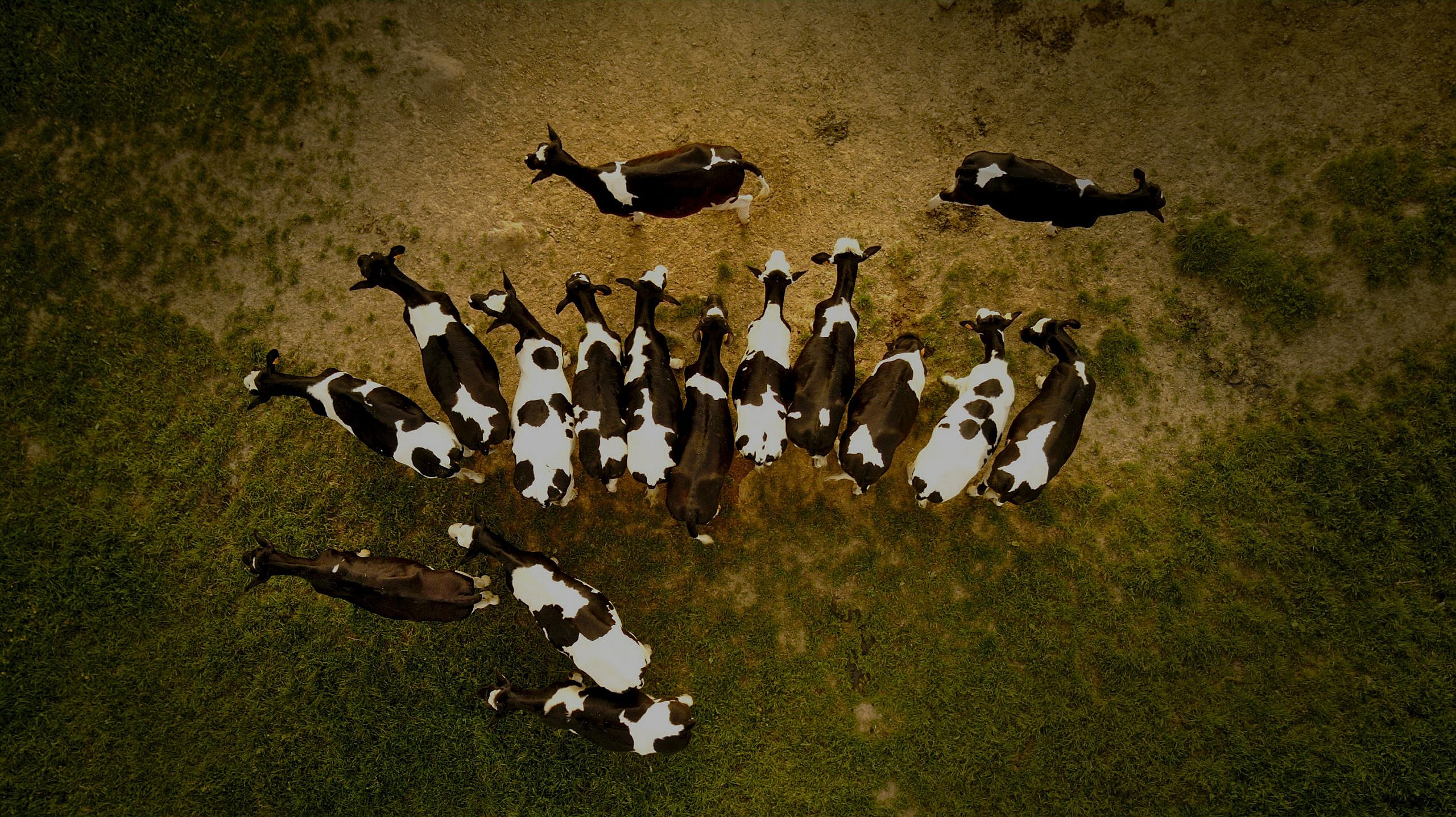When examining the arguments over arable versus beef production, it is important to remember not all land is suitable for growing crops. This land – marginal land – can support the grazing of cattle, which makes it more productive and sustainable.
Grazing provides a way to grow a crop (grass) on land unsuitable for traditional arable crops such as corn, wheat and beans. This grass captures carbon as it grows and is converted to high quality protein as the cattle grow. Grazing also helps conserve habitats for wildlife and can combat soil erosion and water run-off. Cattle manure and soil disturbance can further improve soil by adding nutrients. Healthy soil is better for carbon capture.
Almost two thirds of the world’s agricultural land is marginal land only fit for grazing, and for an estimated 100 million people living in dry areas, rearing livestock is the only available livelihood – the land is incapable of supporting crops.
World Wildlife Fund (WWF) is a keen advocate of sustainably managed cattle grazing on marginal land and highlights its conservation and environmental benefits. The organisation also points out its social benefits – saying it sustains livelihoods and community vibrancy in rural areas where grasslands dominate.
WWF says it “envisions a global marketplace in which all beef is sustainable. By working with producers as well as companies and their supply chains to improve the sustainability of beef production, WWF is helping ensure that consumers have choices for a safe, affordable and sustainable diet.”








